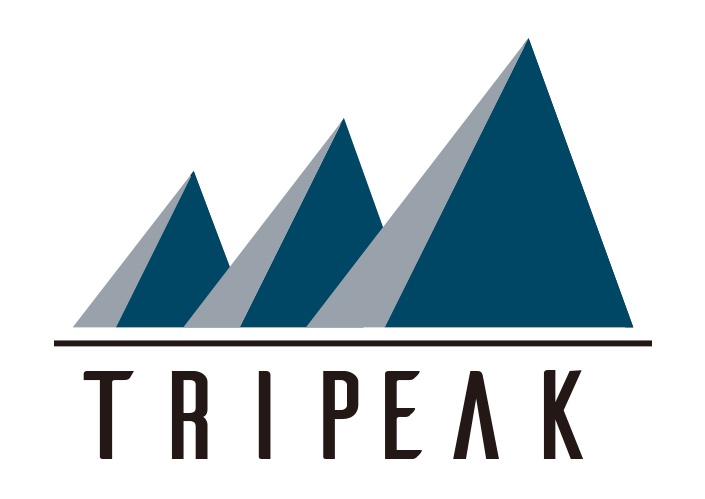The primary goal of this article is to provide a schematic explanation of the Prime Brokerage margin based model – Prime of Prime – and to explain the major reasons for working with Prime of Prime. My explanations in the context of the current article will be significantly simplified, so I would be happy to answer any additional questions individually at support@mt4api.net
First of all, by definition, members of the Forex market are split between those who provide the liquidity (Market Makers) and those who take it (Market Takers).
Liquidity is the amount of volume exchanged of a given instrument over a given period of time. Naturally, the liquidity provider takes the risk of managing the incoming requests. Prime Brokers are the connecting link, which organizes the relationship between the various market participants.
Banks, and only banks, can act as Tier 1 Prime Brokers (PB) due to the banking system and the market organization in general. Examples are UBS, RBS, Citi, Deutsche Bank.
Only a legal entity that is a client of a Tier 1 Prime Broker is eligible to become a Prime of Prime (PP). At the same time, PP uses the credit lines of its Tier 1 PB and has specified funds on its account as a guarantee of reliability. More detailed information about opening an account is listed below.
Standard requirements for opening an account with a Tier 1 PB normally include:
● Availability of several million of liquid assets (cash) that are not representing the clients’ deposits. (The minimum amount to open an account varies between 2-3 million and 20-30 million[D1] ).
● A full package of notarized documents identifying the company owners.
● Detailed explanations about the source of liquid assets (bank statements, tax reports etc.).
● 3-year (in many cases, longer) trading history.
● A license to provide adequate financial services, i.e. NFA, FCA. (Preference is given to a reputable jurisdiction like the USA or the UK).
After providing the documents, a future client of Tier 1 Prime Brokerage should prepare for the following:
● The process of legal registration will take 6 months at best.
● The highest possible leverage of 1 to 33 (normally it is 1 to 25).
● Employees of the financial and/or legal departments of a Prime Brokerage will visit your office numerous times, verifying the information provided in your documents and the details of managing the company. A week spent in the office of a potential client is normal.
● The terms of the commissions the Prime Brokerage will charge you will be far from best. You probably will be charged separately for every ticket. Spread and trading terms will be discussed with every new provider directly.
● The Prime Brokerage usually sets a minimum trade size of 2-3 lots because the banks must release reports on each conducted trade to a central repository (CLS bank) and incur ticket charges (~$1.20 per ticket).
● You will be able to trade only through FIX API. This implies the purchase or design of your own aggregator and your own platform interface, as well as cooperation with programmers to support the infrastructure.
● After opening an account and trading for some time, risk analytics of the PB can consider your leverage or trade style to be potentially “dangerous” and: 1) suddenly decrease your leverage down to 1:2 without considering open positions; or 2) close your account.
The Prime of Prime is a legal entity with a license that not only went through the procedure described above, but has also proved to be a client supplying sufficient trade volumes through the Prime Brokerage and its credit lines to get the respective terms. Twenty to thirty billions a month is considered “sufficient”.
That is why many brokerages, investment funds and even banks do not benefit from working with Tier 1 Prime Brokerages directly. The terms they get are just not competitive.
Next, it is important to understand exactly how Prime of Prime makes money:
● Commissions from a client.
● Profits from providing its own liquidity to other market participants
What is important to consider when choosing a Prime of Prime:
● Prime of Prime, that forwards your trades to the institutional market (be it banks or other prime brokers), cannot have a EURUSD spread on 1 million top of the book at 0.1 pips. This is just unrealistic by definition.
Here is why :
● Note that the Prime of Prime pays commission to the Prime Broker (for using their credit lines, legal paperwork, providing trade settlement, and other operational duties, etc.).
● The Prime of Prime normally has 24-hour customer support and programmers.
● Occasionally the Prime of Prime offers software for trading.
For these reasons, considering all the expenditures and market characteristics, an average monthly spread for EUR/USD without commission would vary from 0.2 to 0.5. Assurances and statistics of Prime of Prime of a 0.1 spread without any commissions can be very convincing, however it is simply not feasible. That means this same broker takes the risk.
From these requirements, you can deduce the typical Prime of Prime client:
● A brokerage that needs an account for hedging its clients’ risks.
● A brokerage that wants to illuminate risk and pass all clients’ trades to the market, making money by charging trading commissions.
● An investment fund with successful strategies.
● A professional trader (Elective Professional) who does not feel comfortable with the terms of a brokerage or who does not feel qualified enough to work directly with a Prime Broker.
